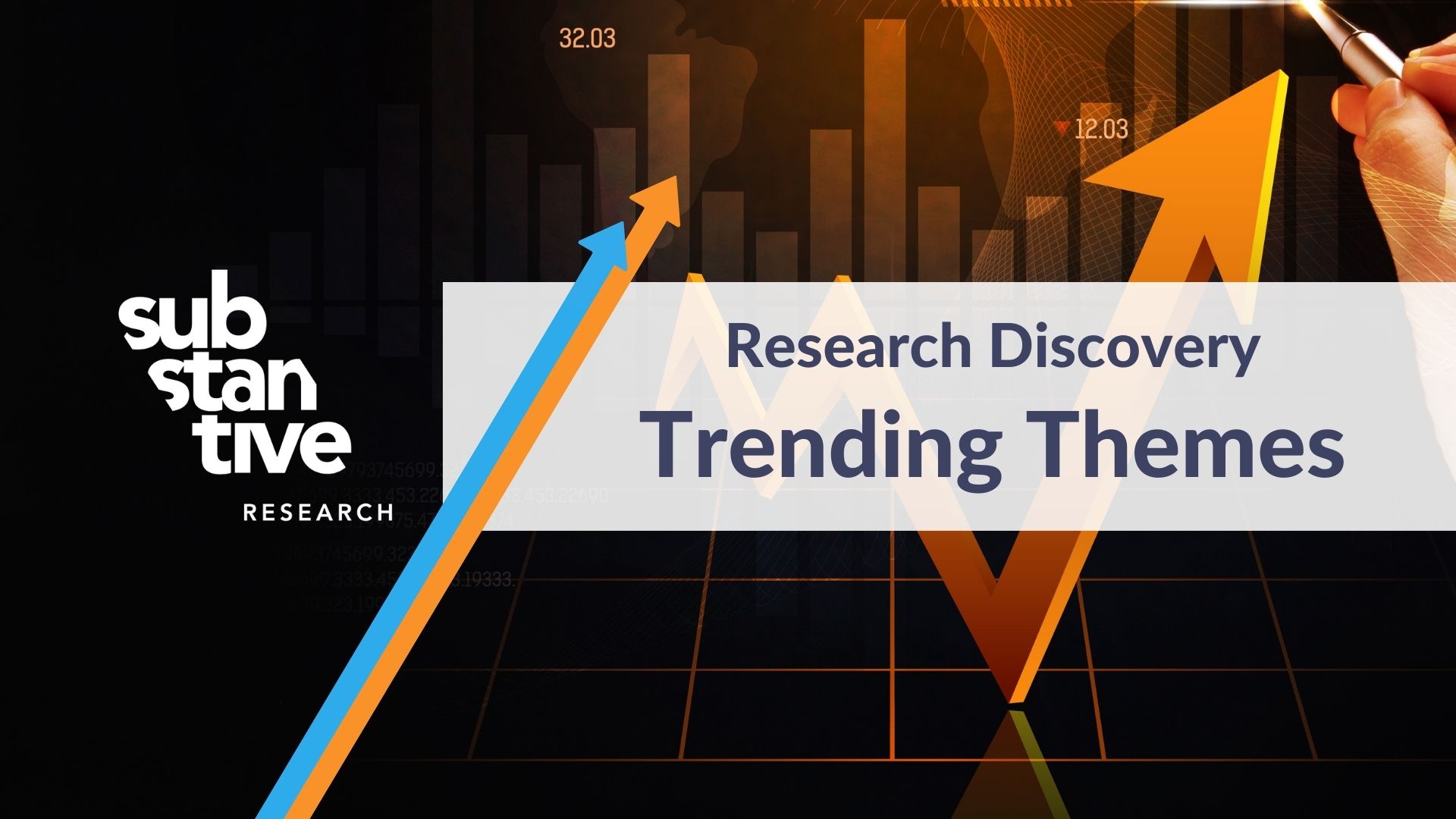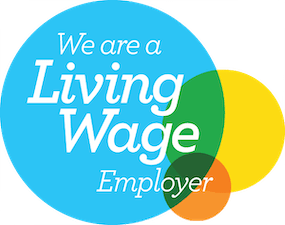Disclaimer: The following content is an archive of Substantive Research Discovery – Trending Investment Themes, as delivered as weekly insights to our paid subscribers. Links to gated content have been removed.
Roth MKM: January Chicago Fed Index & the 1998-2000 “model”
The totality of the January releases so far (embedded in the CFNAI) suggests that the economy appears to be meandering a bit below trend growth.
However, the hot January CPI and PPI prints suggest the positive supply-side shock that lifted real growth last year may have largely run its course.
If the FOMC continues to push back on the timing and magnitude of prospective rate cuts in the wake of several hot inflation readings and “easing financial conditions” in the wake of the AI frenzy there is a rising risk that the Fed will fall behind the neutral rate curve, putting the business cycle at risk. Click here.


Pantheon Macro: Aggregate business capex looks shaky as the CHIPS Act kick fades
Business investment last year was hugely flattered by the impact of the CHIPS Act, but that’s now fading.
Other capex looks to be constrained by high rates and tight credit, especially for small firms. Click here.



Steno Research: Labour nugget – could the next move be a hike?
The labour market remains tight, but supply and demand conditions continue to come into better balance,” We have heard Powell using this phrase continuously since last autumn and it has been a key ingredient in the dovish pivot in Q4.
But is the labour market truly coming into better balance, or is the post-pandemic equilibrium of higher wages and tighter labour market conditions of a more permanent character?
What if the next move from the Fed is actually a hike? It sounded like the scenario of a madman in Q4-2023, but it is no longer ruled out. Click here.

Liberum: Europe’s recession vs. US’s success story
US equities have reacted in line with earnings surprises, with most sectors recording positive returns in the days following the announcements.
In Europe reactions have been weaker, with negative surprises not necessarily leading to a sustained decline in share prices.
The lack of negative returns in Europe might be explained by consensus expectations. Click here.


Gavekal: It’s different this time
So far in 2024, yields have rebounded on stronger-than-expected growth and inflation, along with heavy issuance by the US Treasury. Yet the rally in equities has continued undismayed, with especially strong gains in big US growth stocks. With the bond market and equity market sending conflicting signals, Anatole Kaletsy and Louis Gave examined the macro and market scenarios for the rest of the year and drew conclusions for asset allocation. Click here.


Gavekal: Three scenarios for a new era of higher interest rates
Anatole Kaletsky says plausible US outcomes for 2024 fall into 3 Scenarios:
(i) Immaculate disinflation. Market probability = 80% Gavekal probability = 50%
(ii) Persistent inflation. Market probability = 5% Gavekal probability = 45%
(iii) Serious recession. Market probability = 15% Gavekal probability = 5%.
Investment implications:
Scenario 1, New Goldilocks: Bad for G7 bonds. Good for equities, credit and EM bonds; Best for growth stocks and EM equities
Scenario 2, Persistent inflation: Bad for G7 bonds. Good for cyclical equities and credit; Best for energy, commodities and value equities
Scenario 3, Recession: Bad for equities, credit, commodities. Good for G7 bonds; Best for cash in undervalued currencies. Click here.
MRB: One window is closing, is another opening?
Historically narrow global credit spreads signal that default concerns are at a low ebb, consistent with MRB’s view that monetary conditions are not restrictive.
Risk-on may persist until DM central banks are forced to pivot anew, perhaps once bond bulls lose confidence in a benign inflation outcome.
To this end, bond valuations and momentum gauges, combined with the dearth of economic slack in the DM world, herald another up-leg in bond yields. The window for rate cuts will continue to close. Click here.











